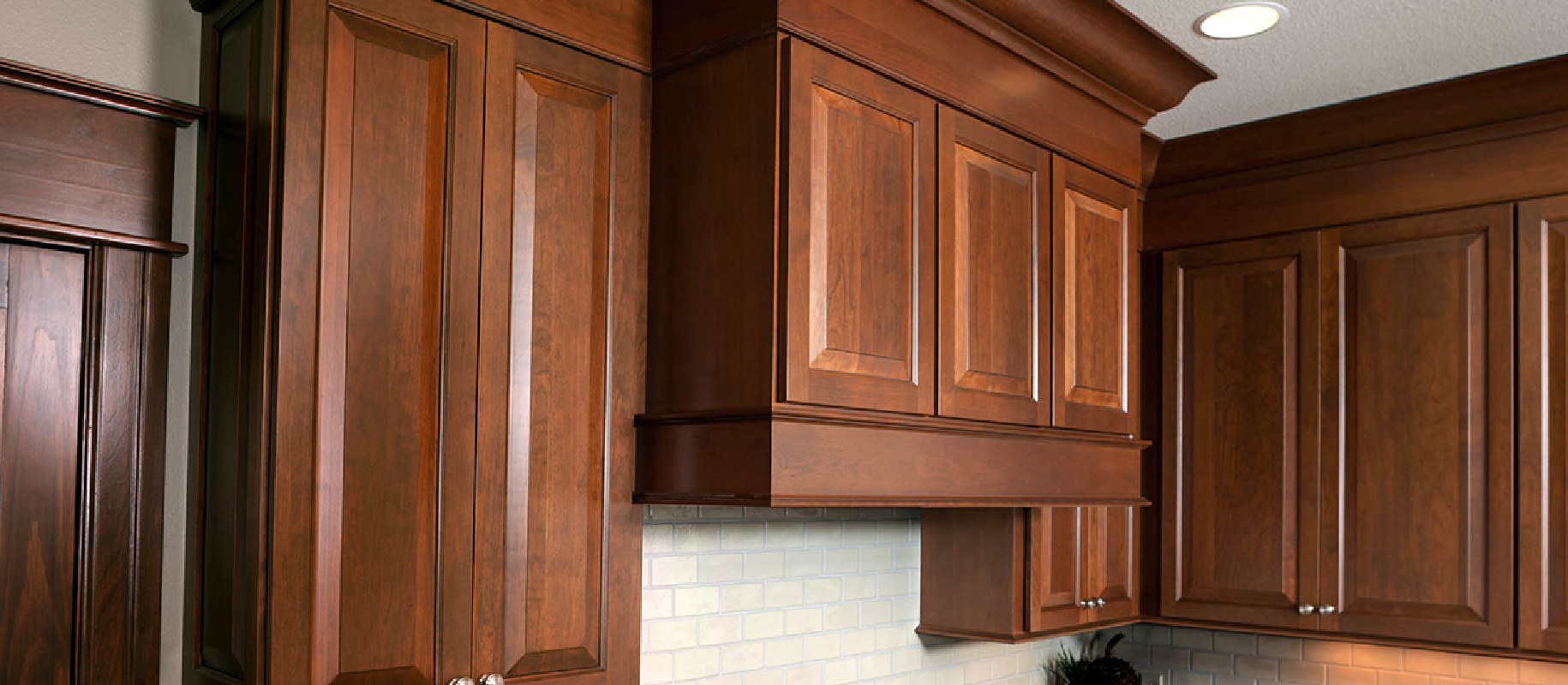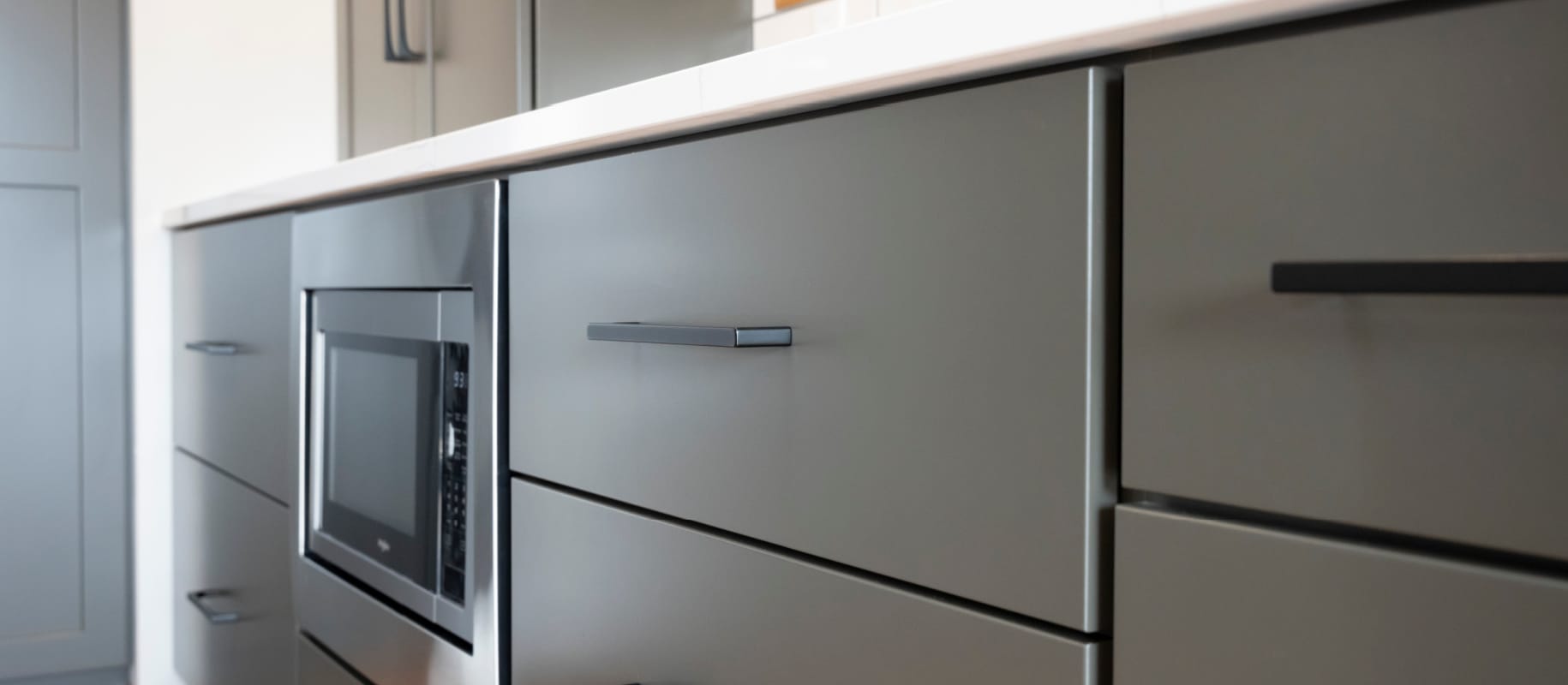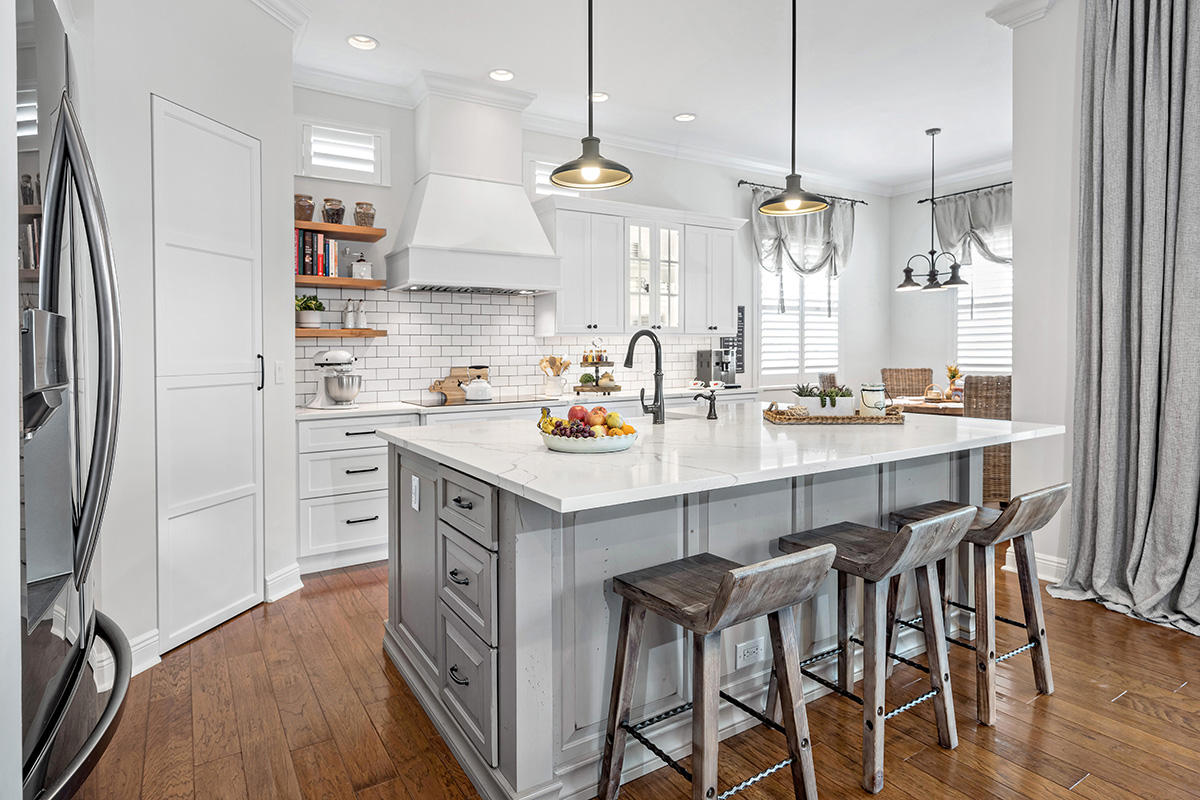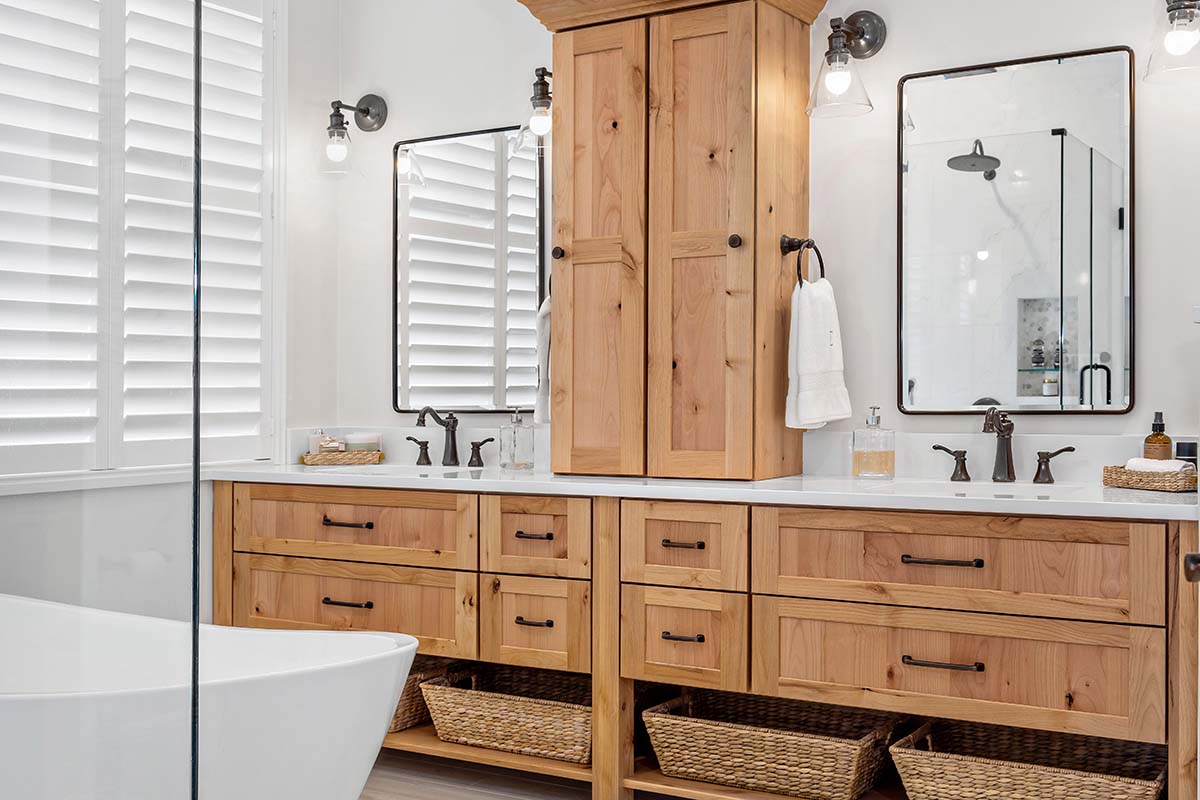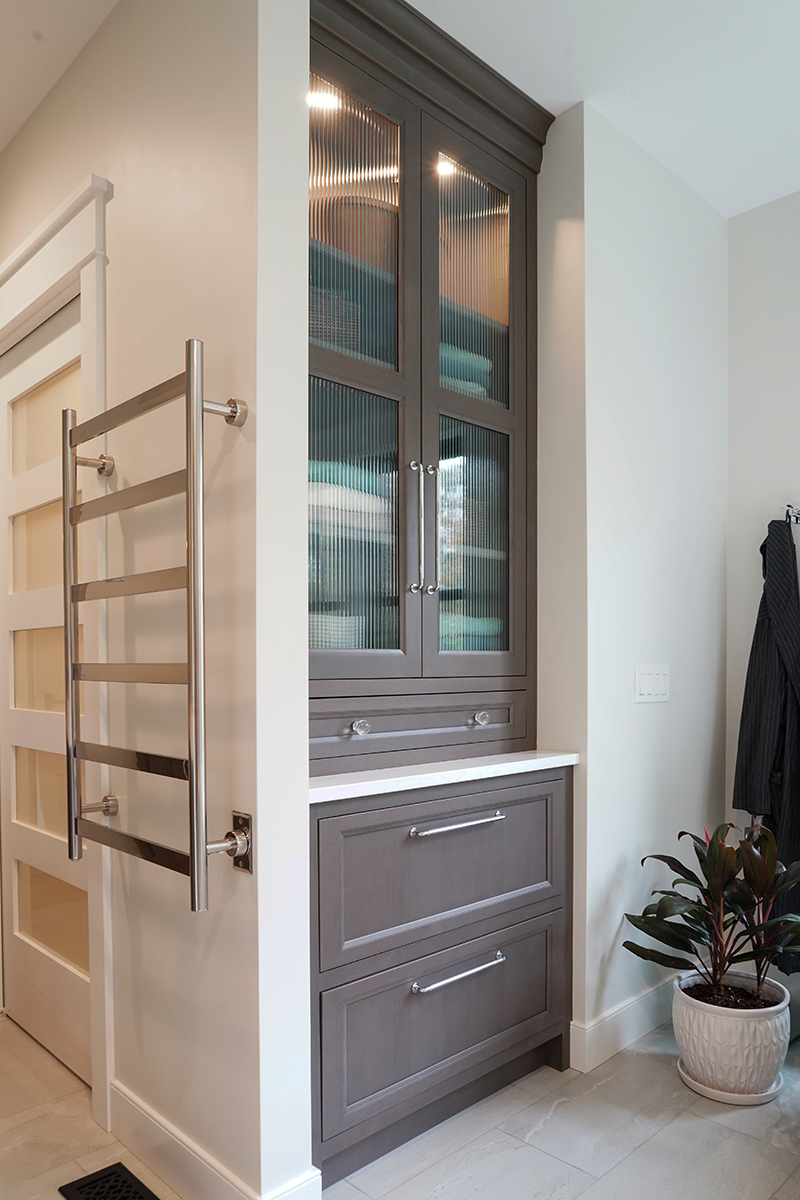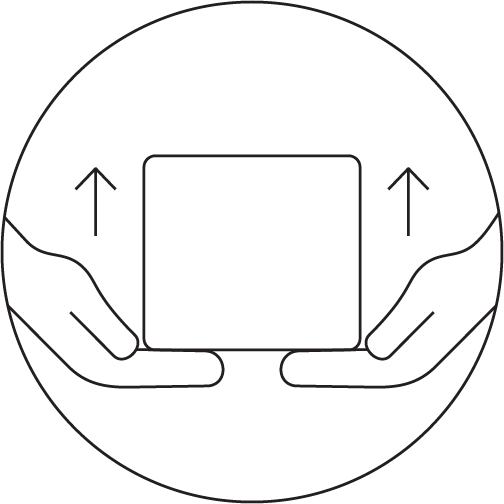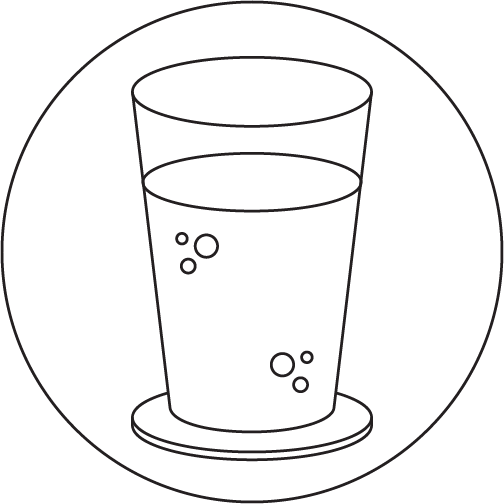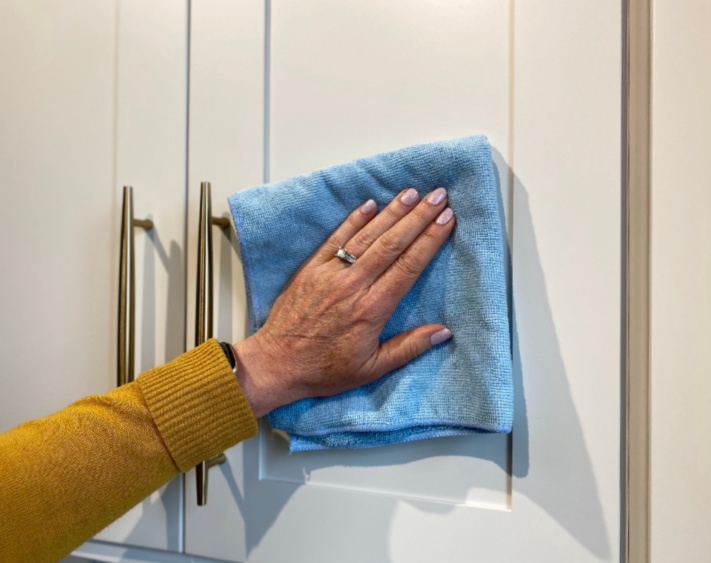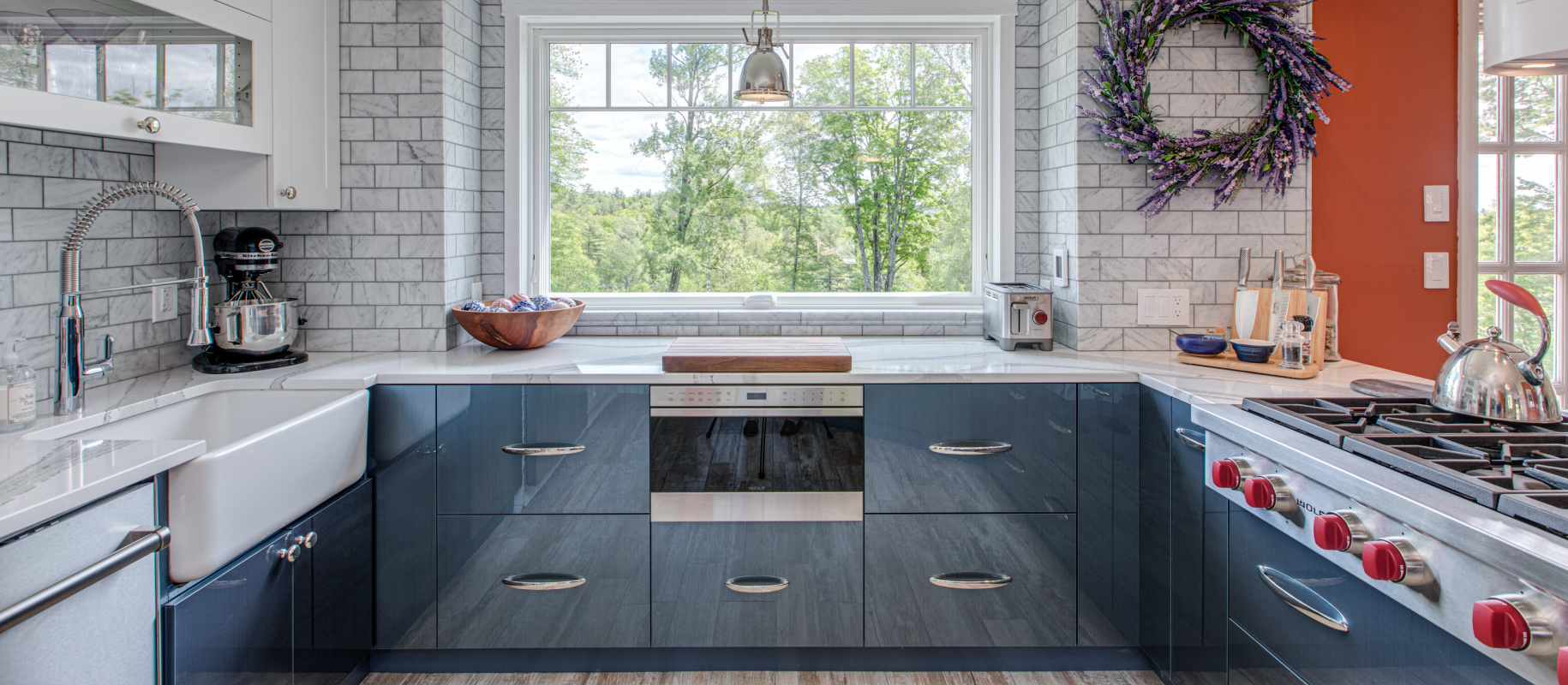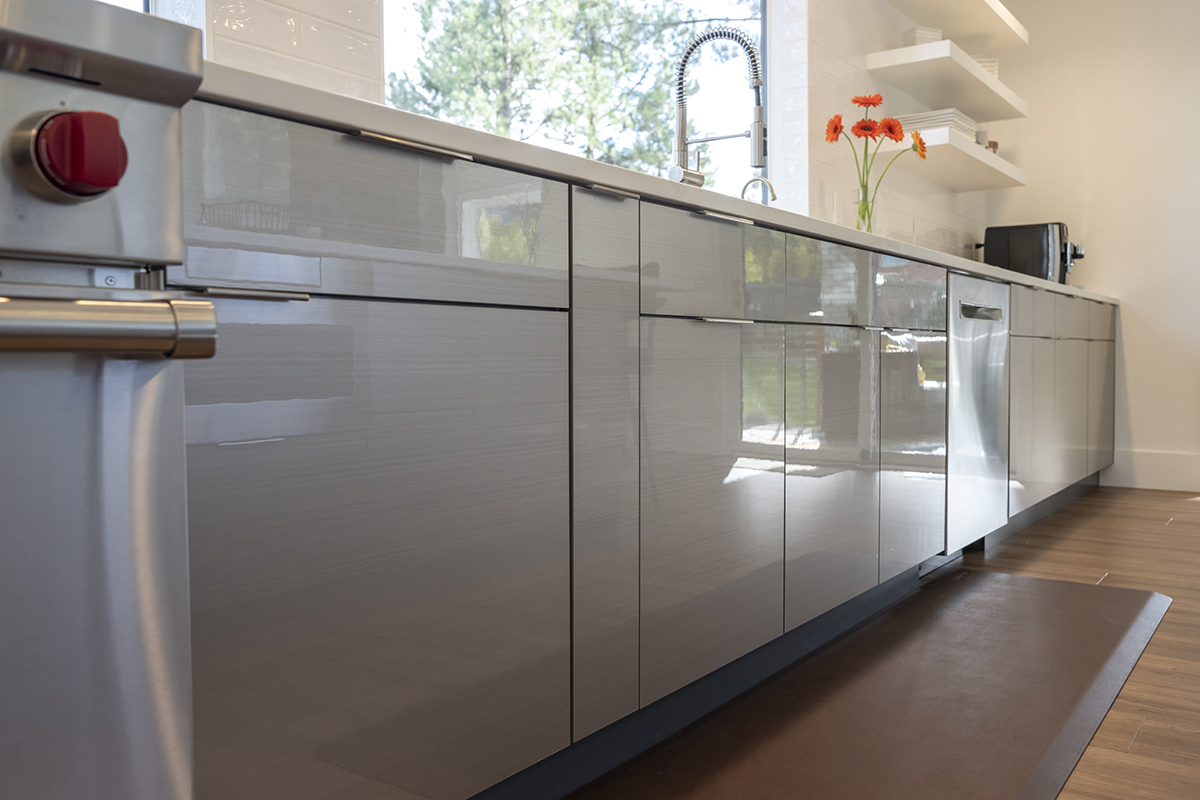Hardwood cabinet components like face frames, doors, and headers are made of a natural material — wood — which has great character and personality. But natural wood also has some inherent limitations that should be understood. This is true of all wood in the home: furniture, millwork and cabinetry.
Learn More
Unlike synthetic material, natural wood is not dimensionally stable, meaning it will expand and contract under certain conditions. Complicating matters further, wood does not expand and contract in a uniform way. It does so more across the grain than along the grain. It can even warp in extreme cases.
Things to Remember
By its nature, wood is “hygroscopic,” meaning it naturally absorbs and releases moisture in its environment. These changes in moisture content may result in dimensional changes that can happen gradually over time, or happen suddenly with seasonal changes or changes in humidity within the home. When these natural dimensional changes occur, joinery lines can appear that were not visible before. For instance: As wood swells and contracts due to seasonal humidity changes, a joint where a stile and rail meet can open up slightly, showing a line that was not previously visible. When exposed to drier air, door center panels will contract, exposing a visible line next to the stile until moisture is restored. These are inherent characteristics of wood, are not considered flaws, and are not covered under the Showplace warranty.

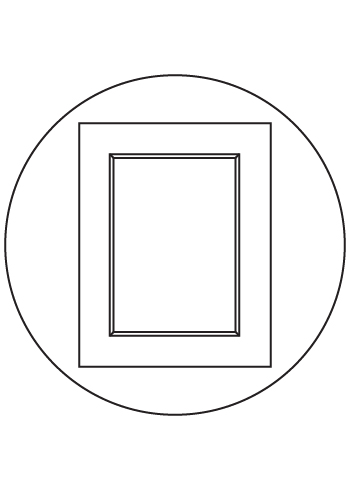

- The most important thing you can do is stabilize the humidity in the home. Heating systems dry out the air in the winter, causing wood to contract. Taking steps to maintain proper relative humidity year-round will keep your cabinetry more stable. We recommend 30% to 55% relative humidity.
- Air conditioning helps, as it removes some humidity from the air. But additional steps, like a dehumidifier, may still be needed in some locations and climates.
- Seasonal homes, especially those near water, should be heated and air conditioned, even when not in use. Maintain a reasonable interior temperature of 40 to 90 degrees F.
- If you want painted cabinetry and possible joint lines are a major issue to you, choose one of the Showplace MDF door styles.
- Consider one of our slab door styles with solid MDF cores and a veneered surface. They show no joints and are very stable.
- Our best recommendation is to accept wood for what it is, and look on dimensional changes as another aspect of the unique personality of a lovely, variable natural material.
